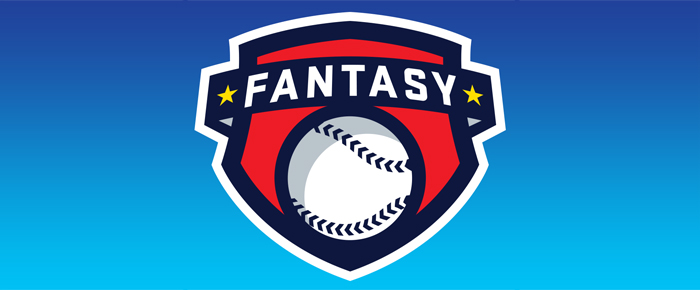
By Flint Wheeler
We’re just over a week and a half into the Major League Baseball season, and some players have already cost daily fantasy players hundreds or even thousands of dollars.
Slow starts are a part of every major pro sport, but that doesn’t make them any less frustrating. However, you can capitalize on slow starts since they often result in the affected player’s salary dropping to the point where he actually becomes a nice bargain play – if, of course, he gets back to producing at his normal level.
The key at this point in the season is to find ways to determine whether a player is genuinely off to an unlucky start, or whether his struggles are likely to continue. And as always, a deeper dive into the numbers can help with this.
Here are some statistics you should mine in order to get a better idea of why a player is struggling, and whether it’s likely to continue:
Hard/Medium/Soft Contact Rate
If a player has posted a soft contact rate far higher than his career average, he’s likely having a difficult time squaring up the ball – and this trend might continue for a while longer as he works on his swing or timing. While it’s possible that the player in question has faced superior pitching, or has simply been unlucky – but even with such a small sample size, a high soft contact rate is alarming.
On the flip side, if a player is making plenty of hard contact but isn’t getting the results, he’ll likely see a positive turnaround sooner rather than later. Consistent hard contact rates lead to higher batting averages on balls in play (BABIPs), and subsequently better rate and counting stats. Look for bargains here, as these players should see better results in short order.
Strikeout Rate
Players can’t accumulate fantasy stats if they aren’t making contact. And while you can reasonably expect high strikeout rates from some of the game’s freest-swinging sluggers – Chris Davis, Mark Reynolds and Mark Trumbo come to mind – there are some guys who are swinging and missing far too often for the fantasy production they’re expected to provide.
Players with abnormally high strikeout rates early in the season might be struggling to adapt to facing quality starters and shutdown bullpens on a daily basis. And like guys with high soft contact rates, it might take a while longer for these hitters to return to normal. Focus on struggling players with reasonable K rates, and you’re far more likely to see immediate stat improvements.
BABIP
When it comes to BABIP, lower is better – at least when it comes to seeking out bargain plays. When examining star players who are off to slow starts, one of the telltale signs is a BABIP that sags well below that player’s career mark – and when that happens, it’s only a matter of time before those line-drive outs and fly balls to the warning track become singles, doubles and home runs.
While you can’t be assured that a turnaround is imminent, it’s often worth securing players with drastically low BABIPs at a discount – particularly veterans with several seasons of BABIP data on file. The more empirical information you have on a player, the easier it is to determine where his BABIP should be – and the simpler it is to determine which discounted players are the best values.
G’Luck!










































